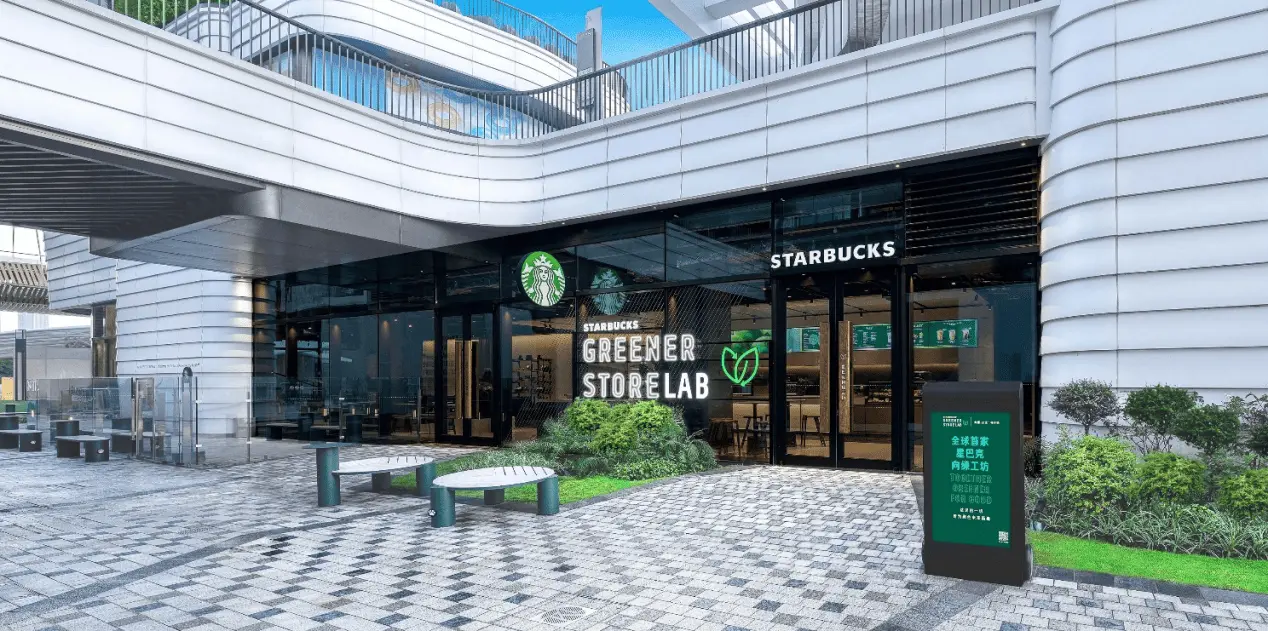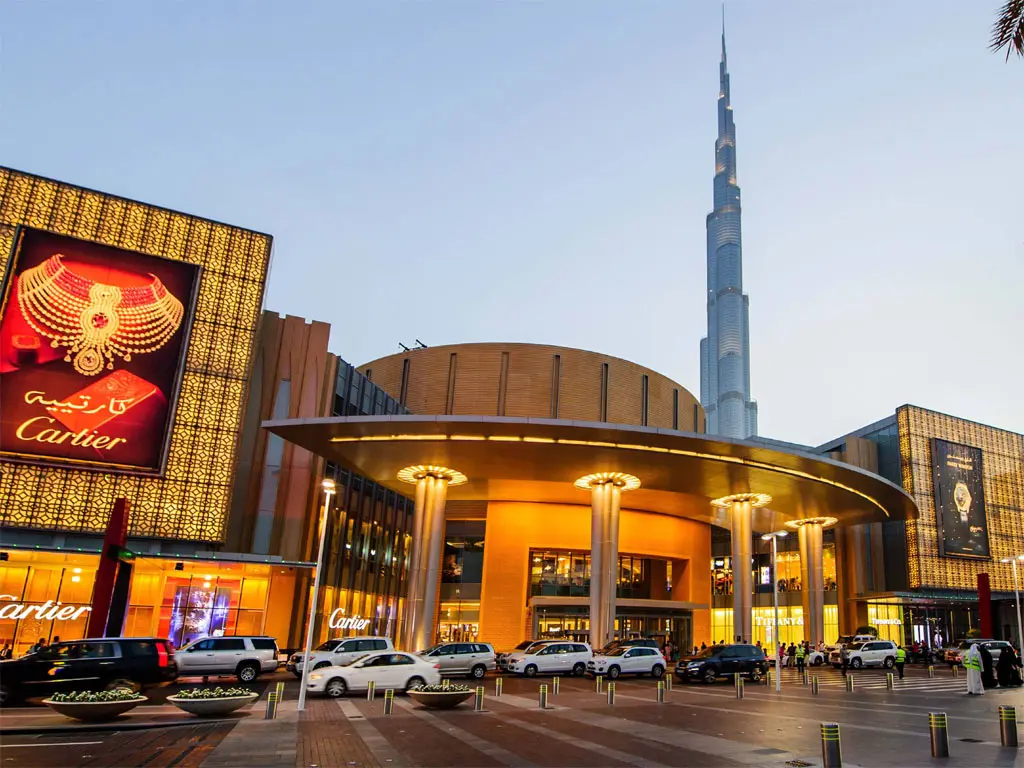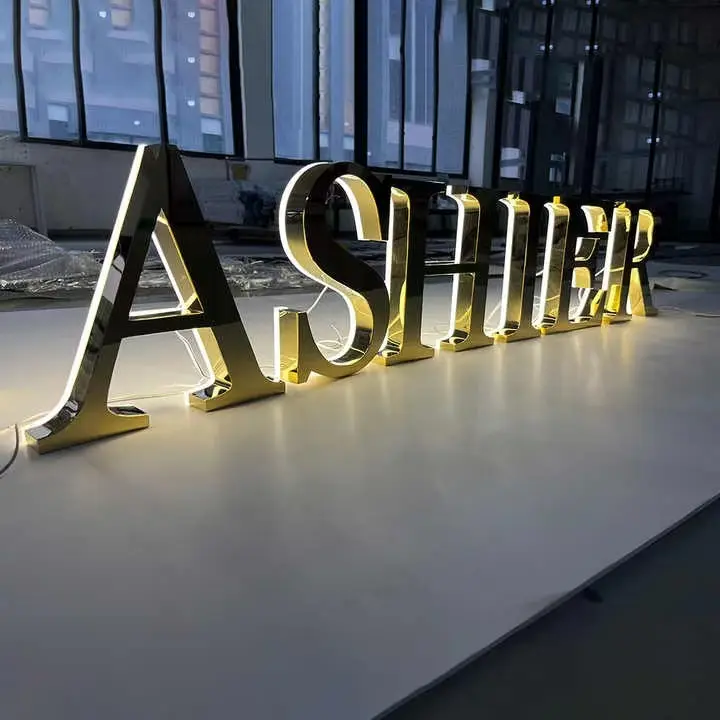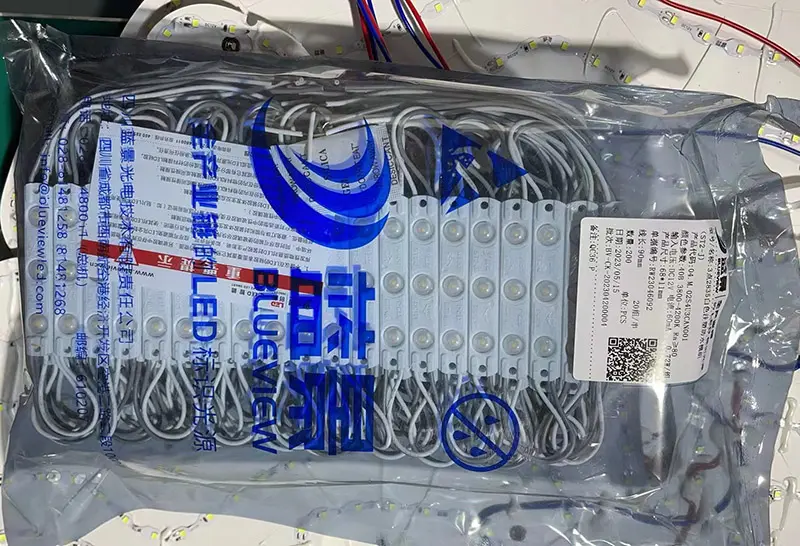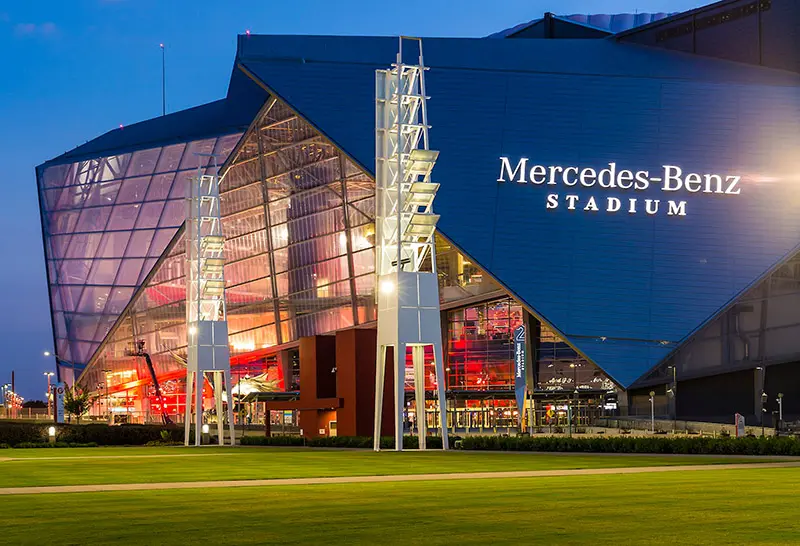Photosynthetic Future" – World’s First Carbon-Negative Light-Emitting Signage Launched, Plant-Based Materials Reshape Trillion-Dollar Signage Industry
Corn Resin Replaces Acrylic, Mycelium Foam Substitutes Metal, Sunlight-Powered Circuits Ignite Sustainable Lighting Revolution
Oslo, Norway – June 15, 2025– As the global Advertising Signage industry consumes 4.5 million tons of petroleum-based plastics annually and generates a 2.8 million-ton carbon footprint (Source: UNEP 2024 Report), an industry revolution driven by plant photosynthesis is quietly unfolding within the Arctic Circle. Today, in collaboration with the European Biomaterials Laboratory, we unveil the world's first"Photosynthetic Signage System" – featuring light-conducting resin from corn stalks, cushioning foam cultivated from coffee grounds, and conductive ink transformed from forest waste. This transforms signage from an energy consumer into a carbon capture device.
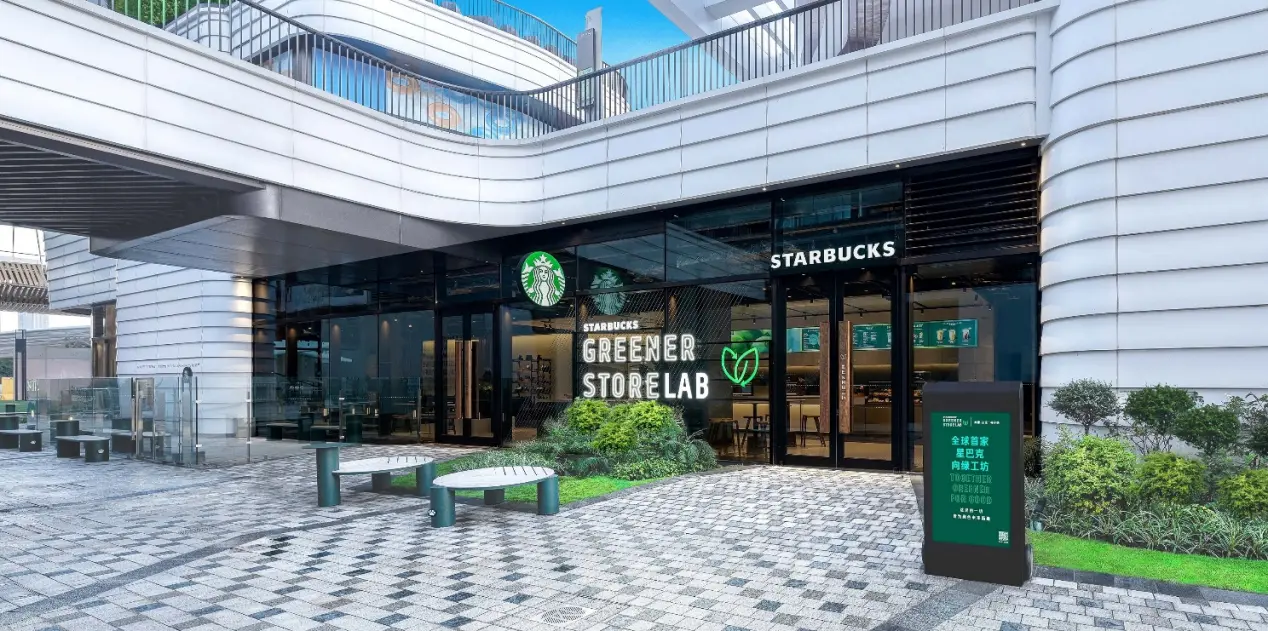
Chapter 1: The Ecological Cost of Conventional Materials
Shocking Industry Truths
The Acrylic Pollution Chain: Producing 1m² of acrylic sheet consumes 2.8kg of petroleum and releases 5.3kg of CO₂. Its non-degradable nature over millennia is spawning "plastic icebergs."
The Scars of Metal Mining: Nickel mining for stainless steel signage causes the annual loss of 400 hectares of tropical rainforest and heavy metal contamination of groundwater systems.
Circuit Board Poisoning: Lead solder and fluoride cleaning agents mean a single LED module can pollute 5 tons of groundwater.
Chapter 2: Three Nature-Gifted Technologies
Breathing Light-Conducting Resin
- Raw Material Revolution: Derived from non-GMO North American corn stalks via enzymatic hydrolysis. Each panel sequesters 3.2kg of carbon.
- Performance Leap: 92.5% light transmittance (surpassing traditional acrylic), 300% improvement in UV resistance.
- Ending the Legacy: 180-day soil degradation tests show complete decomposition into organic fertilizer in composting environments.
Oslo City Hall Validation: Facade signage using corn resin panels absorbs carbon equivalent to 37 spruce trees annually. Microporous structures formed by rainwater have become nesting habitats for urban bees.

Growing Structural Foam
- Mycelium Miracle: Mycelium fed on coffee grounds and wood waste naturally grows into shock-absorbing structures within molds.
- Smart Cushioning: 3D mesh fibers absorb 80% of impact energy, protecting delicate circuits.
- Warm Farewell: After use, buried in gardens for two weeks, it transforms into tomato-growing substrate.
Milan Design Week Sensation: Suspended mycelium letters continued growing during the exhibition. At closing, visitors could break off pieces to take home for seedling cultivation, completing the art-to-life cycle.
Photosynthesis-Powered System
- Sunlight Catcher: Chlorophyll-mimicking coating converts natural light into electricity with 28% energy storage efficiency.
- Rainwater Circuits: Plant-based conductive ink activates with water – brightness increases with humidity.
- Zero-Cable Design: Wireless magnetic levitation power transfer eliminates copper wire production pollution.
Singapore Marina Bay Showcase: During the rainy season, signage automatically brightens by 30% in heavy rain. Sunlight absorbed on clear days powers continuous illumination for 15 nights.
Chapter 3: Nature's Power in Extreme Environments
Sahara Desert: From Consumer to Producer:
Signage at an Algerian oil base, under 50°C heat, generates 1.7kWh daily via its photovoltaic coating. Excess power runs air conditioning in staff rest areas. Per sign, annual carbon reduction is 2.4 tons compared to traditional solutions.
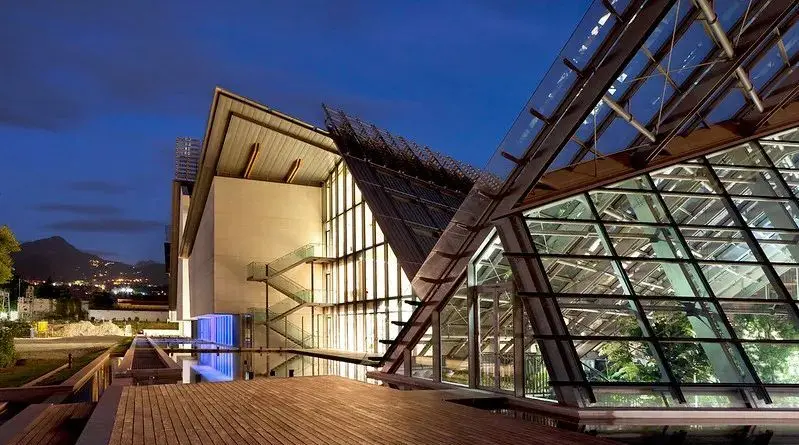
Amazon Rainforest: Breathing with the Ecosystem:
Signage at the Manaus Ecological Observatory uses vine-entwined structures; local plants climb the mycelium foam. After 18 months, biomass increased by 300%, creating night beacons for animal migration.
Tokyo Ginza: Urban Carbon Sink Node:
The 200m² signage system on Mitsukoshi department store's facade absorbs CO₂ equivalent to 2400m² of forest annually. Drought-resistant moss planted on its surface reduces building facade temperature by 6°C.
Chapter 4: Green Transformation of Commercial Value
- Starbucks Berlin Flagship: Consumer favorability rose 47% due to signage grown from coffee grounds.
- LVMH Group Green Stores: Plant-based signage earned LEED certification points, commanding 22% rental premium.
- Tokyo Olympic Village Wayfinding: Post-event dismantled signage provided 8 tons of organic fertilizer for community farms.
Chapter 5: Ecological Revolution on the Manufacturing Chain
Raw Material Sourcing: From Mines to Farms:
During Iowa's corn harvest, lactic acid monomers are extracted from stalks via low-temperature pyrolysis. Carbon emissions from the cold-chain transport are offset by the signage's own carbon absorption, achieving "negative-carbon logistics."
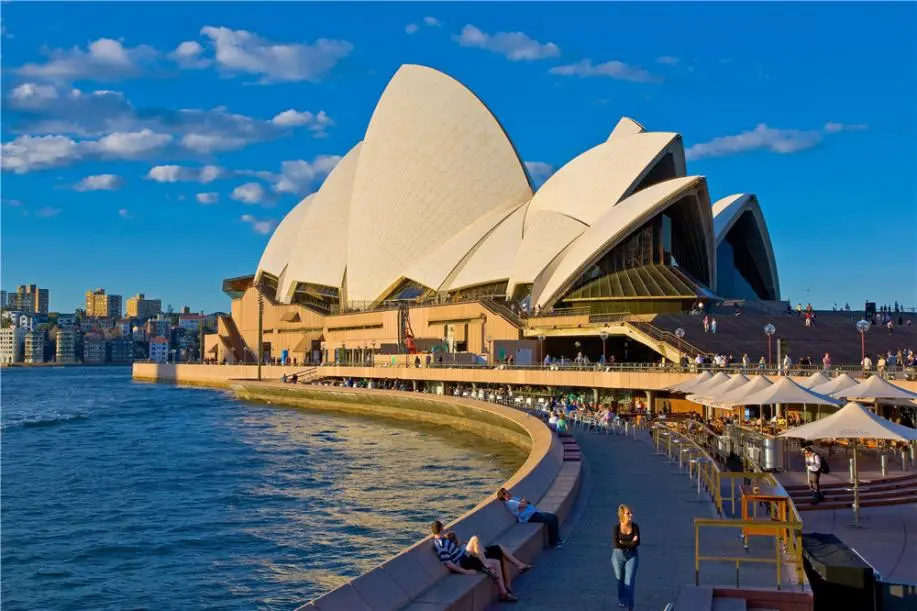
Production Workshop: Microbial Factories:
Barcelona's smart manufacturing center replaces stamping machines with mycelium cultivation chambers. In precisely controlled growth pods, coffee grounds and wood shavings form shock-absorbing structures within 72 hours, using only 3% of the energy required for metal processing.
Recycling Network: Community Loop Stations:
1824 global collection points. Old signage is shredded and added to community compost bins. A Brooklyn, NY pilot showed a single station can nourish 400m² of urban farmland annually.
Chapter 6: The Science-Backed Path Forward
Authority Certification Matrix:
- Carbon Footprint: ISO 14067 certified; full lifecycle carbon footprint = -8.9kg CO₂e/m².
- Material Safety: EU REACH non-toxic certification; heavy metal content lower than baby toy standards.
- Biocompatibility: USDA BioPreferred certification; 96% bio-based content.
Chapter 7: Global Landmarks' Photosynthetic Declaration
- Sydney Opera House: Native moss integrated into the shell roof's glowing signage absorbs 800kg of CO₂ nightly during performance seasons. Fans call it the "Breathing Starry Sky."
- California Academy of Sciences: Rooftop signage made from recycled wine bottles contains seed capsules that rupture with rain, gradually blooming with California poppies.
- Shanghai Chongming Eco-Island: Riverbank warning signs use resin recycled from Yangtze floating debris. They auto-illuminate when floodwaters rise and, upon retirement, sink to become fish reefs.
Why Change is Imperative Now?
- Regulatory Warning: EU carbon border tax on signage products effective 2027 (€95/ton CO₂e).
- Economic Reality: Bio-based material costs now lower than petroleum-based (2025 Price Index).
- Consumer Demand: 83% of Millennials willing to pay a 30% premium for eco-signage (McKinsey Survey).






